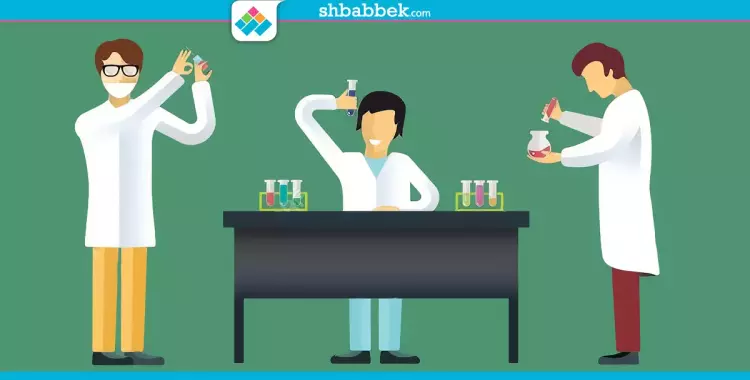مراجعة ساينس أولى اعدادى ترم أول pdf شاملة المنهج
ننشر لكم عبر هذا التقرير مراجعة ساينس أولى اعدادى ترم أول pdf شاملة المنهج كاملا، ليتعرف الطلاب والطالبات على ملخص للمنهج.
مراجعة ساينس أولى اعدادى ترم أول
ويسعى طلبة وطالبات الصف الأول الإعدادي في الإطلاع على ملخص لمادة الساينس وذلك لطلاب مدارس اللغات.
ويمكنكم الإطلاع على مراجعة ساينس أولى اعدادى ترم أول pdf من خلال المذكرة التالية التي تشمل المنهج كاملا.
مراجعة ماث أولى إعدادي ترم أول 2024 pdf
Write the scientific term :
1) Imaginary places in which electrons can move according to their
energies.
( .................................. )
2) The way by which the heat is transferred throw gasses and
liquids.
( .................................. )
3) An example of animal with external support. ( .................................. )
4) The sum of potential energy and kinetic energy. ( .................................. )
5) The basic classification unit of living organisms. ( .................................. )
6) The result of combination between two or more atoms of
different elements with constant weight ratios.
( .................................. )
7) The gases that do not take part in the chemical reaction. ( .................................. )
8) The stored energy in an object due to the work done on it. ( .................................. )
9) It is the temperature at which a substance begins to change from
a liquid state into a gaseous state.
( .................................. )
10) It is a form of energy which transfers from a higher temperature
object to a lower temperature object.
( .................................. )
11) Animals have one pair of incisors in each jaw. ( .................................. )
12) It is the amount of energy lost or gained by an electron when it
transfers from one energy level to another.
( .................................. )
13) The pollution produced from the networks of wireless
transmitters of cellular phones.
( .................................. )
14) The measuring unit of energy ( .................................. )
15) The positively charges particles in the nucleus of an atom. ( .................................. )
16) The spaces that found among the molecules. ( .................................. )
17) The modification in the behavior of a living organism at specific
times of the day or year.
( .................................. )
The branch of biology that searches for the similarities and
differences among living organisms
( .................................. )
19) A group of animals that have one pair of incisors in each jaw. ( .................................. )
20) Energy is neither created nor destroyed, but it is converted from
one form to another.
( .................................. )
21) The temperature at which matter starts to change from solid to
liquid.
( .................................. )
22) Ability to do work or to make a change. ( .................................. )
23) The ability of some living organisms to be hidden from enemies
or to capture the prey
( .................................. )
24) The limited amount of energy needed or loss to transfer an
electron from an energy level to another.
( .................................. )
مراجعة نهائية إنجليزي أولى إعدادي ترم أول pdf
25) The process by which some animals hide in burrows to overcome
low temperature.
( .................................. )
26) The temperature at which a matter begin to change from the
liquid state to gaseous state.
( .................................. )
27) It is a basic classification unit for living organism. ( .................................. )
28)
A modification in a living organism or its body structure or even
the biological function of its organs to become more adapted to
the environmental conditions where it lives in.
( .................................. )
29) The temperature at which matter changes from a solid phase into
a liquid one.
( .................................. )
30) The simplest pure form of a matter which can't be analyzed
simpler.
( .................................. )
31) The heat state of an object on which the transfer of heat from or
to the object depends
( .................................. )
32) The ability of some body organs and tissues to do a certain
function .
( .................................. )
33) A group of animals that have three pairs of jointed legs. ( .................................. )
34) The fundamental building unit of matter that can take part in the
chemical reaction.
( .................................. )
35) Energy gained or lost to transfer an electron from one energy
level to another.
( .................................. )
36) Number of positive protons in nucleus of the atom. ( .................................. )












